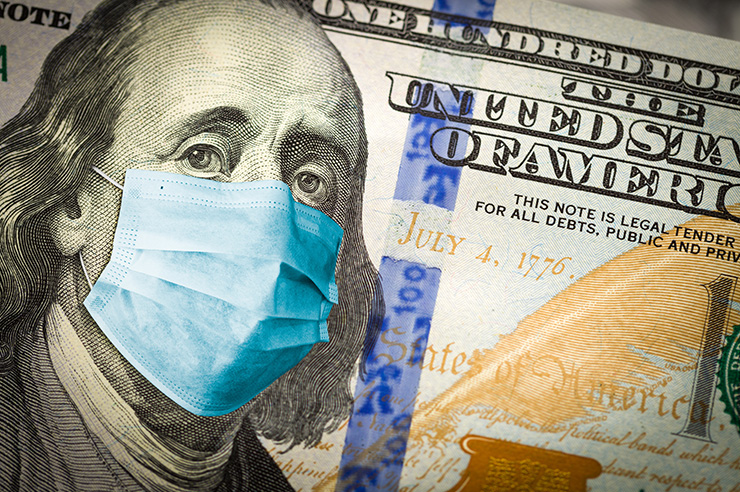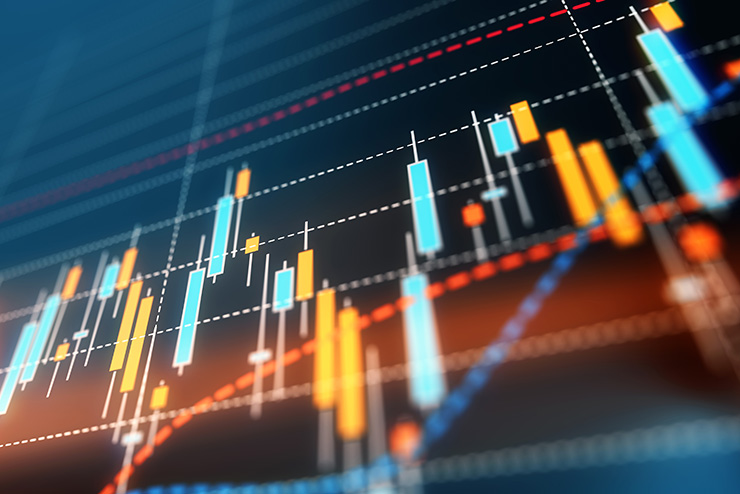The $1.9 trillion relief package known as the American Rescue Plan is a done deal. President Joe Biden signed his administration’s first major piece of legislation into law on March 11.
That’s good news for many individuals, families and businesses still suffering from the effects of the year-old Covid-19 pandemic. Millions of households will receive a third stimulus payment—up to $1,400 per person, including each dependent child. Unemployment benefits will be extended until September 6, with a federal boost of $300 per week on top of any state benefits.
The package includes $130 billion to assist K-12 schools with a return to full-time, in-person teaching. It will provide $50 billion to support small businesses, including $7.25 billion to build on the existing Paycheck Protection Program. State and local governments also will receive $350 billion in aid. And several other provisions—including an expanded child tax credit for families from $2,000 to $3,000 per child—could benefit Americans’ finances going forward.
Still, plenty of questions and concerns remain regarding the short- and long-term impacts this massive stimulus might have on the U.S. economy, the markets, interest rates and future taxes.
Do we risk overheating the economy? Can we expect inflation to rise? Should investors be looking to profit on market movements or make changes to protect what they have?
Since we’ve never seen a health or financial crisis quite like this before—with trillions of dollars in federal aid already disbursed to Americans through previous relief packages—it’s tough to predict what could happen next. Here’s a look at what economists and others are saying about how this newest relief package could affect America’s financial future.
The Economy
Back in January, when President Biden first proposed an additional $1.9 trillion in federal spending to address the ongoing pandemic, economists widely agreed it would give the economy a significant boost. And now that the money is on its way to Americans’ pockets, that positivity continues. According to The Wall Street Journal, economists who participated in a March survey bumped their average forecast for 2021 economic growth to 5.95%, up from the 4.87% growth the group projected in February. Survey respondents also raised their forecasts for job growth this year.
Of course, we’ll still have to wait a bit to see if those who receive checks this time around will save or spend the money. If stimulus recipients decide to spend—and many did with the past two checks—it would help boost consumption and drive up revenues for businesses that provide both goods and services.
Some people may wait until they’re sure the economy is on steadier ground before they relax and use their funds for discretionary expenses. A majority of Americans reported using past stimulus funds to pay down debt or save for the future. But as more people receive their first and second shots of the Covid-19 vaccine, and more businesses and schools reopen, economists expect a sense of normalcy to add to consumer confidence. (Toward that end, the new relief package includes $14 billion for the distribution of the Covid vaccine.)
A burst of fresh consumer spending—either now or in the second half of the year—could motivate companies to bring back or hire more workers. And a reduction in unemployment could add even more momentum to the economy.
“It’s a combination of health and fiscal policy that matters,” Laurence Boone, the chief economist for the Organization for Economic Cooperation and Development (OECD) said in a March 9 news briefing. The Paris-based economic policy organization expects U.S. GDP to grow 6.5% in 2021—more than double its December forecast of 3.2%.
Inflation and Interest Rates
Some experts are warning that if the growth spurred by this latest stimulus package causes the economy to heat up too quickly, higher prices—even a risk of hyperinflation–could follow.
According to the Corporate Finance Institute (CFI), hyperinflation—or extremely rapid inflation—“commonly occurs when there is a significant rise in money supply that is not supported by economic growth.”
That rise is often caused by a government printing and injecting more money into the domestic economy or to cover budget deficits, the CFI states. And “when that money goes into circulation, the real value of the currency decreases and prices rise.” Most economists agree that a period of hyperinflation begins when the rate of inflation exceeds 50% for a month—but you’d likely feel the pinch on your purchasing power long before that happens.
Treasury Secretary Janet Yellen, who served as chair of the Federal Reserve from 2014-2018, continues to reject concerns that the latest stimulus is excessive, or that out-of-control inflation could damage the economy. “If it turns out to be inflationary, there are tools to deal with that,” she told MSNBC on March 8.
The most well-known of those tools is the federal funds rate, and economists, investors and worried borrowers already are asking what the future might hold for interest rates.
Federal Reserve Chairman Jerome Powell has said there is no plan to raise rates until the economy reaches maximum employment, and inflation has risen to 2% and is expected to stay there for some time. (For some perspective, the annual inflation rate is 1.7% for the 12 months ended February 2021.) Powell acknowledged recently that inflation could pick up in the coming months, but he said the rise likely would be temporary and not enough for the Fed to alter its record-low interest rate policies.
The same economists who predicted growth when surveyed by The Wall Street Journal in March said they can see annual inflation rising to 2.8% by the middle of 2021, and they expect it to fall gradually after that. But no one can forecast exactly what will happen or how policymakers might react.
The Markets
On the day President Biden signed the American Rescue Plan, the Dow logged a record close, the S&P 500 also ended higher, and the Nasdaq slipped just below breakeven. The Cboe Volatility Index (VIX), often referred to as Wall Street’s “fear gauge,” fell to its lowest point in two weeks.
But while many investors are betting on a return to growth in the economy, others are nervous about rising interest rates, overvalued stocks, and the overall health of the economy. And the recent rise in the yield on the benchmark 10-year Treasury is causing some equity investors to rethink their more speculative picks.
We expect to see a continuing transition to some new market leaders, including a move toward value and cyclical sectors. As the economy strengthens, individuals and businesses likely will be spending more money on commuting, travel, discretionary retail goods, dining out and other forms of entertainment—and investors may see an opportunity there as the country reopens. But if the Covid recovery plateaus or wanes—given concerns about strong new variants—and the economy weakens, that could change again.
We also may see policy changes further down the road that could affect portfolios and retirement plans. Congress might go looking for ways to get the nation’s debt under control (by raising tax rates in the future, for example, or by changing the rules that affect Social Security and retirement accounts). And the Fed may decide it must intervene if inflation is out of control.
With all that’s been happening—and will happen—to the economy, this may be a good time to take a fresh look at the potential risks and opportunities in your portfolio and overall financial plan.
The Octavia team will keep their ears to the ground, and we’ll work hard to keep you informed. Please reach out to your Octavia wealth advisor at any time for a review and to discuss what the latest developments mean for you.
inflationinterest ratesstimulus bill Please see Important Disclosures.


